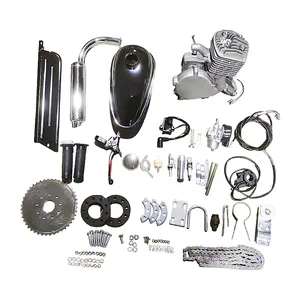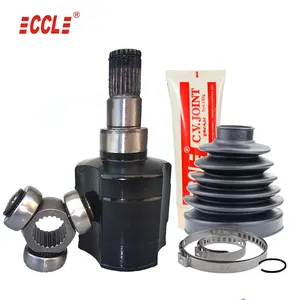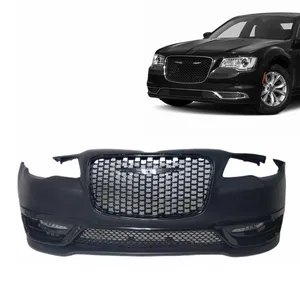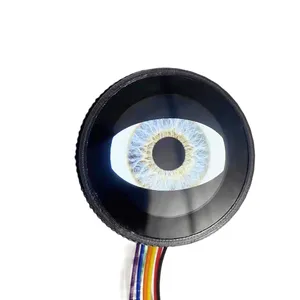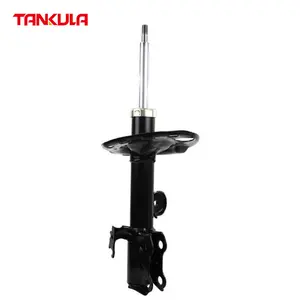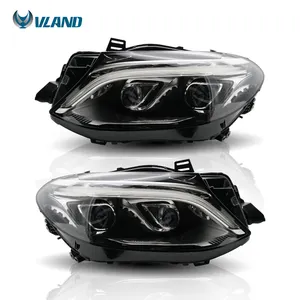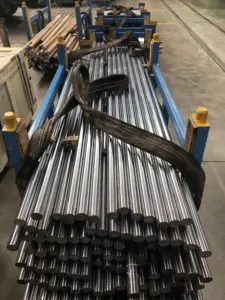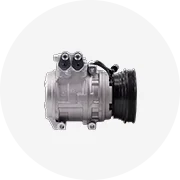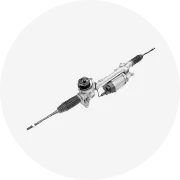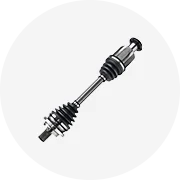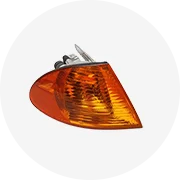





高品质aisi 4140 ni80 ck45 45x14h14b2m 3毫米镍铬硬化铬钢液压缸合金镀铬圆棒
¥3,754.51 - ¥3,971.11
最小起订量: 1 tons
每件装运: ¥144.91






厂家价格硬铬镀棒CK45 F7 Q + T高精度10毫米20毫米30毫米40毫米50毫米60毫米70毫米80毫米
¥9.03 - ¥11.20
最小起订量: 1000 kilograms
每件装运: ¥1,140.15






Hard chrome piston rod steel round rod / chrome steel rod
¥7,942.22 - ¥10,108.28
最小起订量: 1 tons
每件装运: ¥387.30






Chrome plated hollow bar inch and metric size Hollow Piston Rod
¥8,664.24 - ¥10,108.28
最小起订量: 1 tons
每件装运: ¥387.30
头部产品类目
关于硬镀铬棒ck45 f7
硬镀铬棒ck45 f7可以使您的车辆免遭数种明显的损坏,并为其添加了额外的安全保护层。阿里巴巴(Alibaba.com)具有一些最熟练,最坚固的车辆零件,例如该系列。 硬镀铬棒ck45 f7,它们以绝对的性能和更高的可靠性而著称。这些。 硬镀铬棒ck45 f7适用于所有车型,并带有质量保证,从而消除了对产品的怀疑。现在访问该网站,并以大量交易购买这些产品。
的。 硬镀铬棒ck45 f7,您不仅可以在这里找到任何普通的质量,还可以从领导那里获得。 硬镀铬棒ck45 f7供应商和批发商,这些供应商和批发商均以其出色的产品得到验证和声誉。这些产品不仅可以改善车辆的外观,还可以确保车辆的前部和后部免受各种撞击。反过来,这不仅可以节省您的车辆,还可以节省骑车人的车辆。您可以找到许多不同的变体。 硬镀铬棒ck45 f7(价格适中)。
Alibaba.com是购买任何汽车备件以及购买最佳质量汽车的最佳去处。 硬镀铬棒ck45 f7,选择多种多样。您会发现可靠而坚固。 硬镀铬棒ck45 f7,可以承受或承受很大的压力并可以长期使用。这些无可挑剔的产品经过认证,通常由坚固的材料(例如硬塑料和铝)以及其他硬金属(例如铁)制成。无论您的车辆是哪种型号,这些。 硬镀铬棒ck45 f7可以放入各种车辆中。
Alibaba.com通过为您提供大量商品,使您节省了很多钱。 硬镀铬棒ck45 f7,具体取决于型号和版本。这些产品可通过OEM订单获得,也可以选择定制包装。产品已通过ISO,CE,SGS认证,您可以享受迷人的交易。
的。 硬镀铬棒ck45 f7,您不仅可以在这里找到任何普通的质量,还可以从领导那里获得。 硬镀铬棒ck45 f7供应商和批发商,这些供应商和批发商均以其出色的产品得到验证和声誉。这些产品不仅可以改善车辆的外观,还可以确保车辆的前部和后部免受各种撞击。反过来,这不仅可以节省您的车辆,还可以节省骑车人的车辆。您可以找到许多不同的变体。 硬镀铬棒ck45 f7(价格适中)。
Alibaba.com是购买任何汽车备件以及购买最佳质量汽车的最佳去处。 硬镀铬棒ck45 f7,选择多种多样。您会发现可靠而坚固。 硬镀铬棒ck45 f7,可以承受或承受很大的压力并可以长期使用。这些无可挑剔的产品经过认证,通常由坚固的材料(例如硬塑料和铝)以及其他硬金属(例如铁)制成。无论您的车辆是哪种型号,这些。 硬镀铬棒ck45 f7可以放入各种车辆中。
Alibaba.com通过为您提供大量商品,使您节省了很多钱。 硬镀铬棒ck45 f7,具体取决于型号和版本。这些产品可通过OEM订单获得,也可以选择定制包装。产品已通过ISO,CE,SGS认证,您可以享受迷人的交易。
